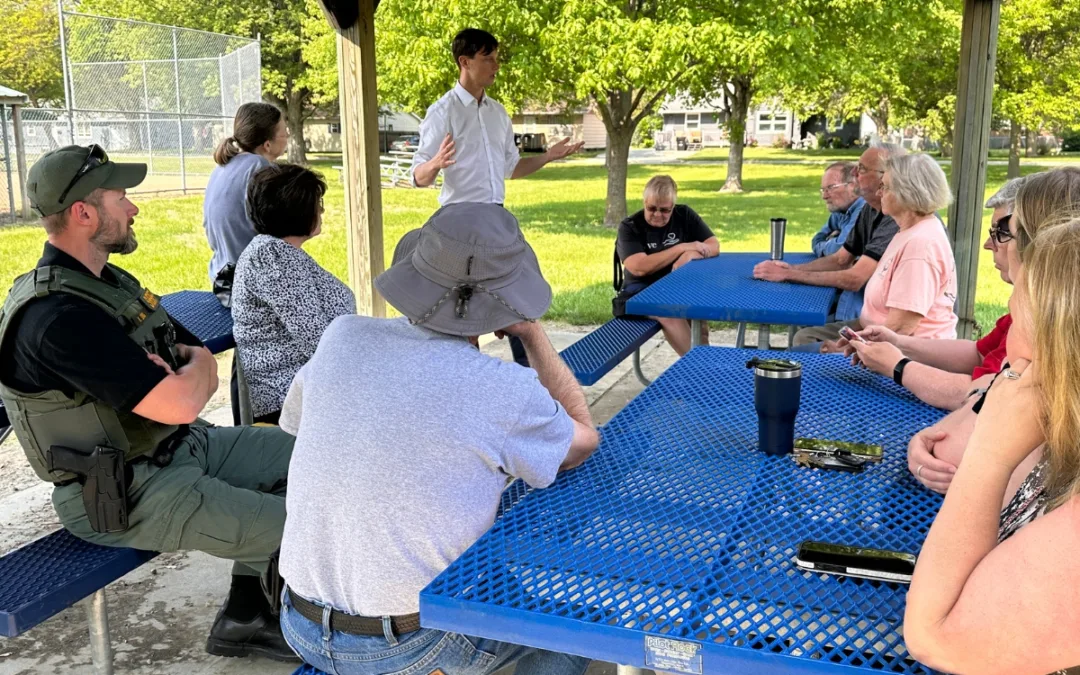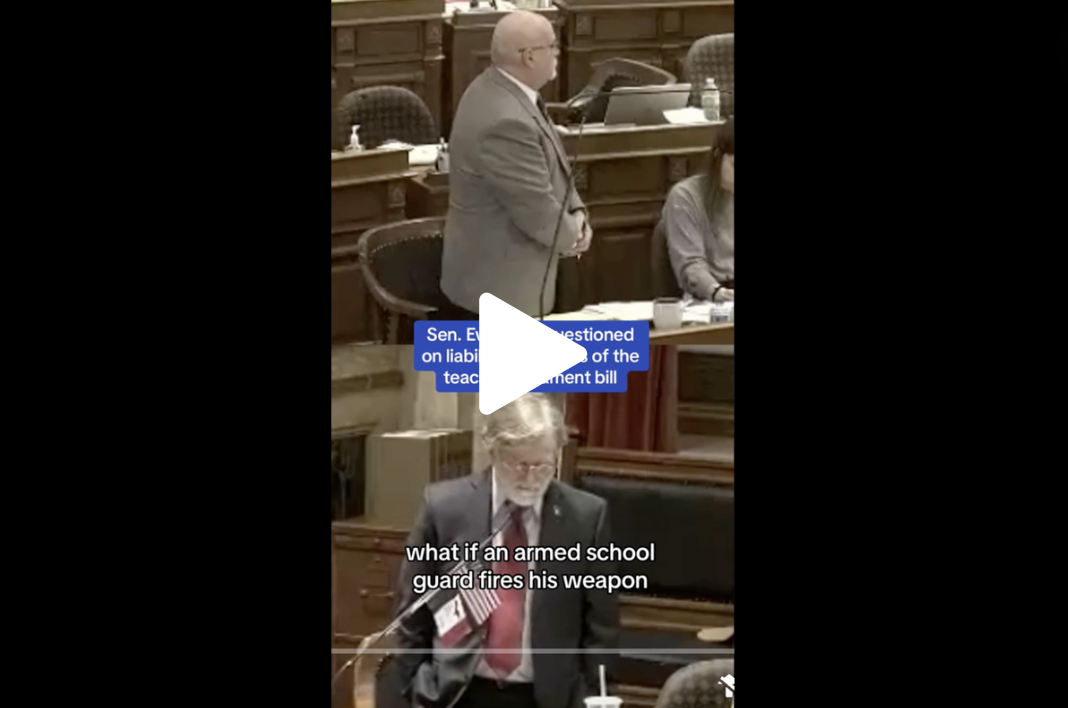
One of the most common types of violence in Iowa’s K-12 schools does not involve fistfights or guns.
This form of violence often flies under society’s radar, not receiving attention it should from school boards, the governor, the Legislature, and from the news media.
This explosive behavior involves students who go on rampages in classrooms, cursing and screaming at the teacher, tipping over desks, knocking computers, books and other supplies to the floor, and who force the teacher to shoo other students into the hallway for their safety while the teacher tries to persuade the out-of-control student to calm down.
In recent weeks, WHO-TV has aired a couple of meaty reports on the subject, complete with teacher interviews and videos students have secretly recorded during tirades by a classmate.
These classroom behavior problems were front-and-center at a couple of dinners in recent days at which friends said the WHO reports fairly and accurately portrayed the magnitude of the problems they and their teacher colleagues have experienced.
These outbursts harm the education other students receive, my friends said, because a teacher may spend an hour dealing with a disturbed student while well-behaved students wait for the teaching to resume.
[inline-ad id=”0″]
Teachers have sounded the alarm about these problems for years. But they have been given strict orders by administrators about how to confront students with disruptive behavior. Persuasion is the approach they are expected to follow, rather than restraining the student, unless he is going to harm another child or himself.
Instead of removing a troubled student from the classroom, the protocol is to move the other students out of the room.
Back in the Pleistocene era, when I was a student, the threat of a paddling was enough to keep my classmates and me in line. Thankfully, schools have moved past spankings. But Iowa schools still struggle to find the right approach for dealing with students with behavior problems.
Lawmakers and Gov. Kim Reynolds established a new children’s mental health system to address behavior problems inside schools and away from schools. But lawmakers appropriated only about one-third of the money the governor requested for the new initiative. And lawmakers decided to not allow for routine screening of students before problems occur.
Ashlee May, a second-grade teacher in Des Moines, told WHO, “Most people, I don’t think, realize what’s happening. We get screamed at and cursed at daily. I’ve been stabbed with a pencil before.
“In terms of what other teachers deal with, I think I’ve been kind of blessed because I’ve never had to go to the hospital,” she said.
It is not only older students with these explosive behavior problems. It’s younger students, too. And it’s not just students with behavior problems who disrupt the classroom routine.
One teacher friend said administrators allow students to keep their smart phones on their desks. Some students ignore the classroom discussion and sit and watch Netflix or other videos during class time — because they know teachers cannot confiscate their phones.
Students with behavior disorders also know what teachers can and cannot do to them and know what the student’s “Individualized Education Program” documents require. Some IEPs require the student to be given candy if he returns to his desk after an outburst or to be allowed to play games on an iPad if he agrees to sit quietly while other students do class assignments.
One of my friends talked about a teacher colleague who is new to the Waukee School District. She was told there will be a student in her classroom with behavior problems. Administrators said her Number 1 priority is dealing with that student. Her top priority is not providing effective teaching for her entire class.
Lois Johnson was a teacher in the Southeast Polk School District for 40 years — until she was fired this spring for violating school district policy when she took a disruptive student by the arm to get him back to his desk.
“A disruptive student just terrorizes the classroom,” Johnson told reporters.
“I asked repeatedly. I said you need to sit down, but he did not sit down,” she said. “I just reached up and put my hands on his shoulders and guided him down into his seat. I did not throw him in his seat.”
Officials went on with Johnson’s firing even though 10,000 people signed petitions to keep her.
The problems with belligerent and disruptive students — and the absence of support from school administrators — has one of my teacher friends looking for a new career.
Ashlee May explained the reasons, and Iowa parents, employers and community leaders should pay heed, because we are forcing teachers to turn their attention away from educating a classroom full of students and focusing, instead, on a few troublemakers.
“There just comes a point where you’re just so worn out emotionally, and physically, and mentally that you just can’t do it anymore,” May told WHO.
Iowa doesn’t benefit when talented teachers are driven from the profession. It’s time to talk about our options.
by Randy Evans
Posted 7/7/19
Politics

Biden announces new action to address gun sale loopholes
The Biden administration on Thursday announced new action to crack down on the sale of firearms without background checks and prevent the illegal...

Biden cancels student loan debt for 2,690 more Iowans
The Biden administration on Friday announced its cancellation of an additional $7.4 billion in student debt for 277,000 borrowers, including 2,690...
Local News

No more Kum & Go? New owner Maverik of Utah retiring famous brand
Will Kum & Go have come and gone by next year? One new report claims that's the plan by the store's new owners. The Iowa-based convenience store...

Here’s a recap of the biggest headlines Iowa celebs made In 2023
For these famous Iowans, 2023 was a year of controversy, career highlights, and full-circle moments. Here’s how 2023 went for the following Iowans:...




